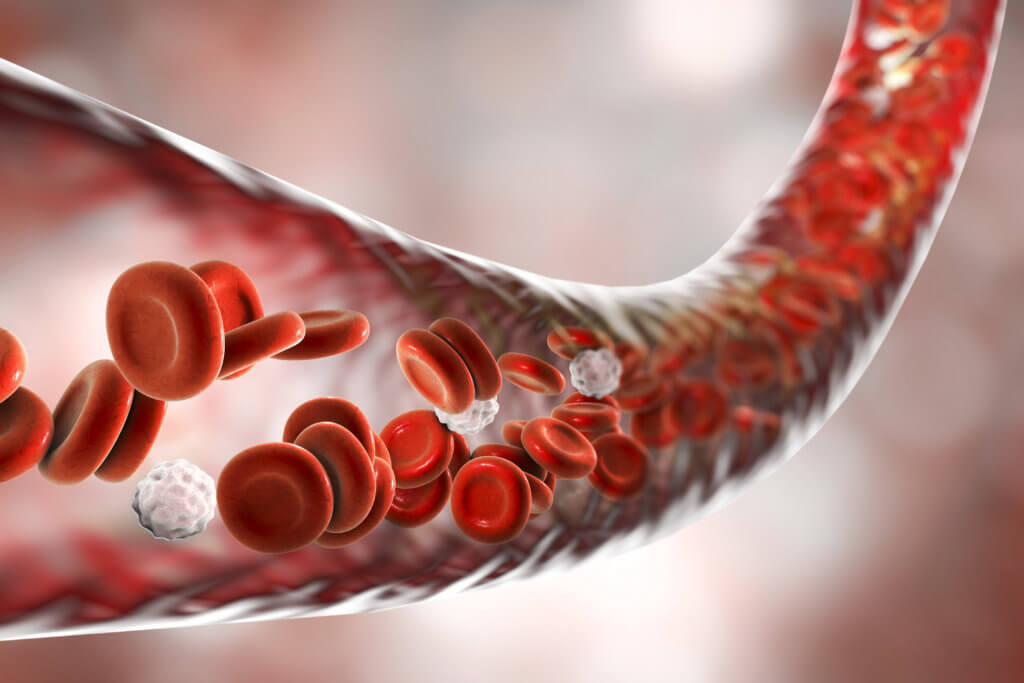MELBOURNE, Australia — Scientists are now one step closer to engineering their own healthy blood vessels. Researchers from the University of Melbourne have pioneered a method to produce blood vessels using a combination of various materials and fabrication techniques. Their innovative approach aims to mimic the complex geometries of natural blood vessels and paves the way for advancements in treating cardiovascular disease.
Blood vessels play a crucial role in our survival by delivering oxygenated blood and vital nutrients throughout the body and eliminating toxins. Complications in these vessels, though, can lead to severe conditions like heart attacks, strokes, and aneurysms, making cardiovascular diseases the leading cause of death worldwide.
“Current methods are slow, require specialized and expensive equipment like bioreactors, and are low throughput – meaning it’s difficult to provide the needed supply of engineered vessels,” says study co-author Daniel Heath, an ARC Future Fellow Associate Professor at the University of Melbourne, in a university release. “By combining multiple materials and fabrication technologies, our method brings us closer to a future where engineered blood vessels will become a transformative solution for cardiovascular disease, especially for those patients who lack suitable donor vessels.”

Current solutions, such as bypass surgery, although lifesaving, have their limitations. They may not be effective for smaller vessels like the coronary artery. Moreover, synthetic grafts, which aren’t alive, sometimes trigger blood clotting and blockages, posing significant risks. This is especially problematic for patients with limited alternatives due to previous surgeries or underlying conditions like diabetes.
The solution? “Tissue-engineered” blood vessels created from human cells and tissues. These vessels could offer a promising treatment for cardiovascular diseases and aid in providing blood supply to larger tissue constructions.
“We are now able to rapidly and cheaply manufacture blood vessels using living tissue that has appropriate mechanical properties and mimics the cellular orientation of the inner-most layer of blood vessels,” says study co-author Andrea O’Connor, Redmond Barry Distinguished Professor at the University of Melbourne and Shanahan Chair in Frontier Medical Solutions. “While the engineered blood vessels are not yet ready for bypass surgery, the findings mark a significant advancement in the field of tissue engineering.”
The study is published in the journal ACS Applied Materials and Interfaces.

